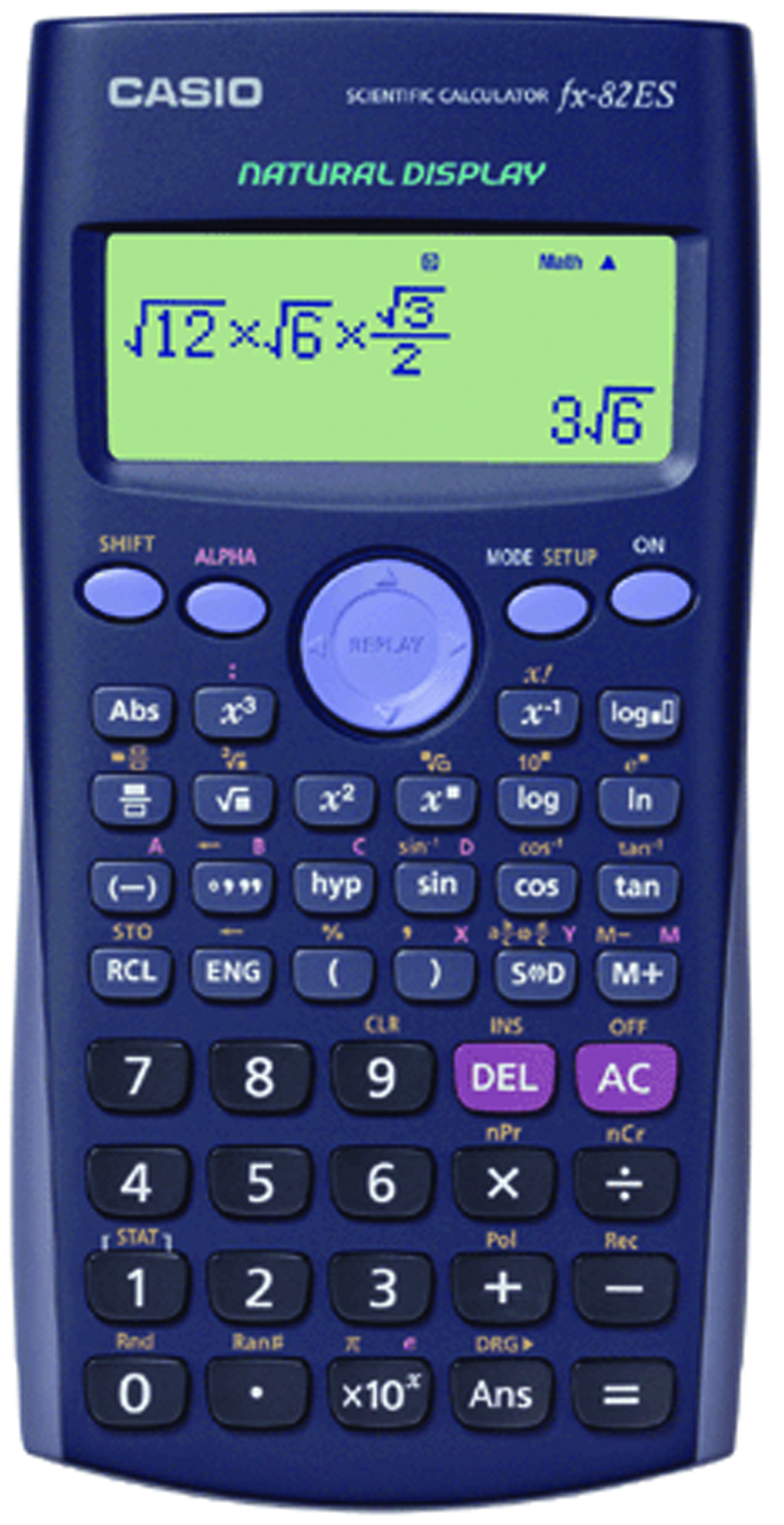

A lower P/E is generally favored because it indicates that the stock is cheaper relative to its earning power.

This takes the market capitalization, or the price, and divides it by the company’s total earnings.

P/E is the Price to Earnings of the stock. You can compare these two numbers to determine if the volume is particularly high or low for the day. refers to the average volume this particular stock has seen in the past 30 days. When a stock has moved a high percentage either up or down, this is usually accompanied with a high value.Īvg. Volume is the number of shares that were bought or sold during the day. This gives you a picture of the real size of a company in the market, not the share price itself.Ī company with a lower stock price might actually be bigger than one with a higher stock price if it has more shares outstanding and thus a higher market capitalization. Remember that market capitalization is the number of shares times the share price. Market cap is the market capitalization of the stock at the time of look up. These numbers can give you a good sense of the general volatility of the stock for the past year. This is the high and low that the stock has moved for the past 52 weeks. The day range tells you the high and low that the stock has moved for the day. Keep in mind that this will usually be different than a stock’s “open price” because there is a stock market after hours, and pre-market period of trading (only for certain approved traders). This tells you the last price the stock traded at in the last market session. The first number is the stock price at the previous close. Here’s a description of what each key metric means.


 0 kommentar(er)
0 kommentar(er)
